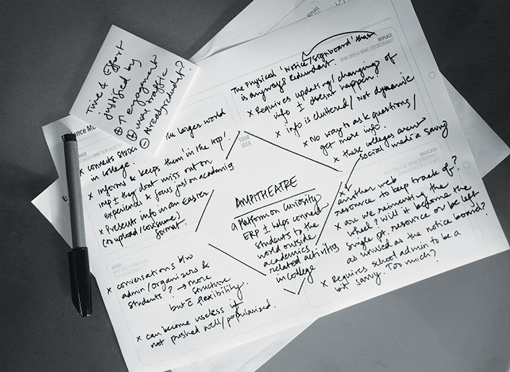2.2 Case study: using the tool
Returning to the Teemac Case Study, Figure 3 and Case Study 2 show how the tool was used.
Case Study 2: How Teemac used the tool
Tarun says:
Two of my team mates and I printed out the worksheets and sat around a table with our notes and thoughts. The Evidence Planning worksheet was surprisingly interesting. When we started filling it out, we realised that we weren’t convinced of the evidence backing the solution as well as the impact it could create. We ended up slightly confused about the direction and found ourselves arguing amongst each other. We haven’t found the answers yet, but it’s still definitely a positive outcome.
Activity 3
In Case Study 2, the Evidence Planning Tool revealed that the evidence backing the solution was not convincing. What do you think that Tarun’s team meant by this? How do you feel about them arguing amongst themselves?
Discussion
Convincing evidence should be:
- relevant to the goal or problem
- objective (is it factual or based on opinion?)
- transparent on how and who collected the evidence (is the method and data-gathering appropriate and robust?)
- current (is it up to date?).
Arguing sounds destructive, and it can be, but in this situation it sounds as though it provided an opportunity to explore contested understandings of the issue along with the evidence and assumptions that underpinned it. Arguments don't need to be heated or feel uncomfortable as long as everyone is professional. It is important to focus on what others are saying, rather than the people themselves, and to avoid being positional.
2.1 Implicit and explicit assumptions

